Carole Knight, Madison County
-
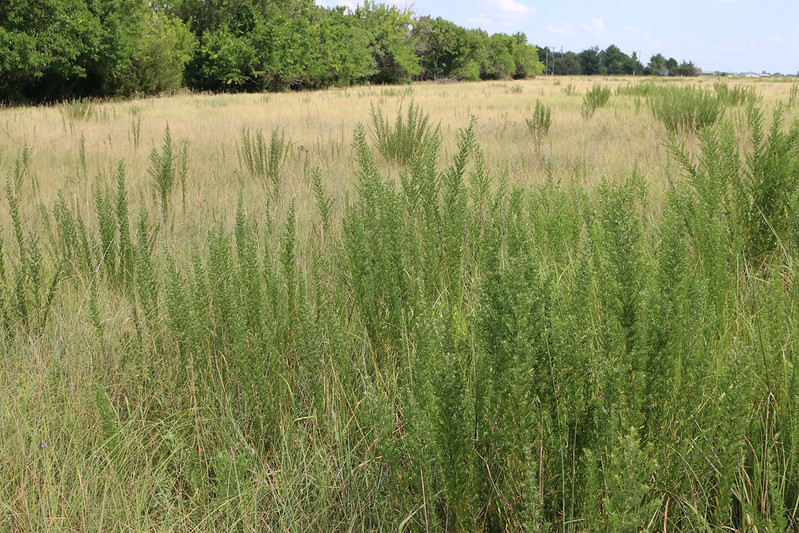
If you do a Google search for Sericea Lespedeza (Lespedeza cuneata), you will see results ranging from articles about controlling it as a weed, touting it as a highly invasive forb that creates a tremendous seed bank; to articles that praise its ability to help fight internal parasites in small ruminants. Determination of whether it…
-
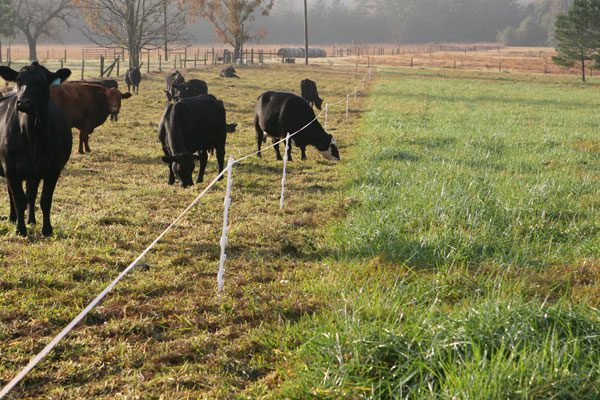
Calving percentage is widely recognized as the variable having the greatest impact on profitability of a cow-calf operation. Because expenditures for feed are so large, minimizing those costs is perhaps the next most important strategy to enhance profitability. Expenditures for hay or baleage and supplements usually represent the largest portion of the total feed budget. …
-
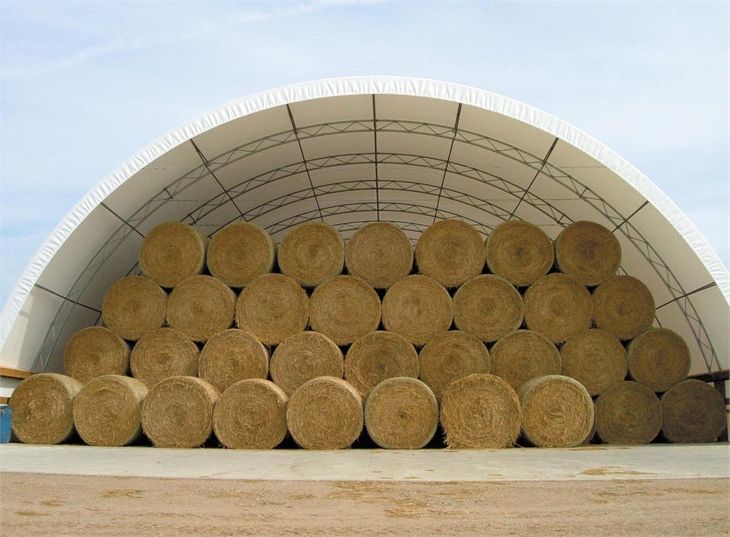
Did you know that according to research conducted by UGA, you can lose up to sixty percent of your hay by storing it uncovered outside? While choosing a site for your hay barns can be a challenge, these four main components can assist in making your decisions.
-
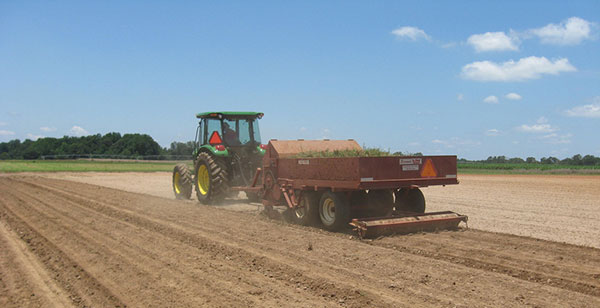
Forage establishment can be frustrating but can be successful if you have a plan. Forage establishment techniques can vary depending upon forage species, location, soil type, pasture situation and intended use. Good establishment techniques are essential to getting good high yielding forage stands. Let’s look at several reasons why producers can successfully establish forages.
-

By Savannah Tanner Emanuel County CEA With over 80,000 head of horses in the state of Georgia, horse owners are looking for efficient and nutritional forage options to feed to their animals. A good rule of thumb for horse owners is that your horse should consume at least one percent of its body weight in hay or pasture daily. For a 1,200…
-

By Jeremy Kichler Colquitt County CEC Winter annual forages can be very expensive to establish and maintain. Extension budgets estimate that total costs of winter annual forages is around $200 per acre. Is it possible to reduce forage production costs without decreasing winter annual forage yield? The first step is to soil test and follow those fertility recommendations. If producers apply…
-

By Roger Gates Whitfield County CEA Livestock producers who have had to purchase hay in dry years do not need economists to describe the impact of supply on price. The value of an adequate supply becomes increasingly obvious as winter transitions to spring if pasture growth is slow or delayed. At least four factors contribute to…
-

By Charlotte Meeks Houston County CEA While temporary fencing cannot replace permanent fencing, it has its place in a grazing management system. Temporary fencing can be used to divide permanent pasture for rotational grazing or intensive grazing systems, open areas for temporary grazing or to exclude livestock from an area. While permanent fences are intended to last for years, temporary fencing…
-
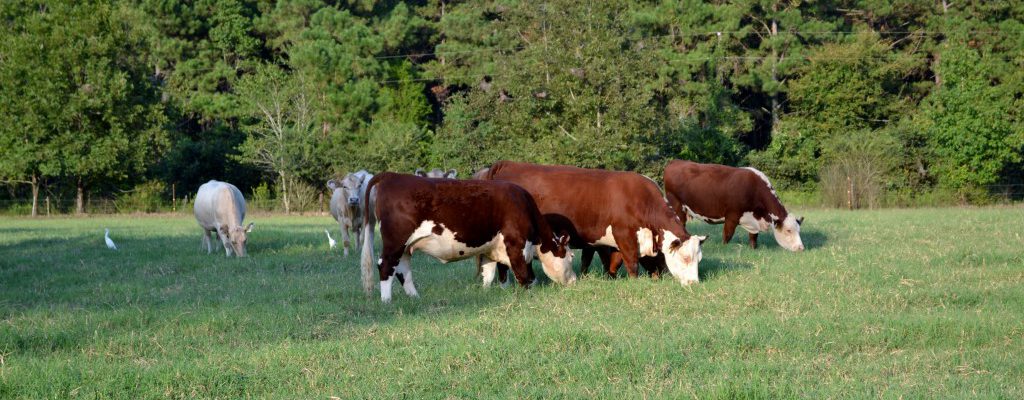
By Roger Gates Whitfield County CEC “Taking stock” is a phrase that means to “think carefully about a situation… so that you can decide what to do.” Historically, the phrase came from a farmer’s practice of counting the number of animals on the farm. Periodic livestock inventories provide important and useful records. Creating and maintaining…
-

By Steve Morgan Harris CEC Hay has many benefits which makes it the most commonly used stored feed option on livestock farms. Unfortunately, a lot of money is lost each year by not investing in suitable storage options. It is estimated that the total value of hay storage and feeding losses nationwide exceed three billion…